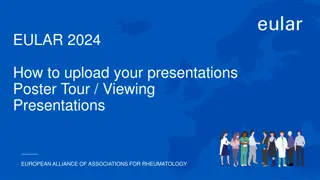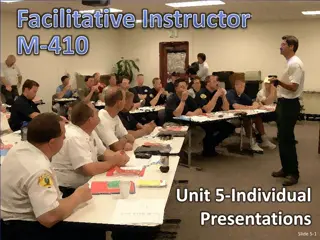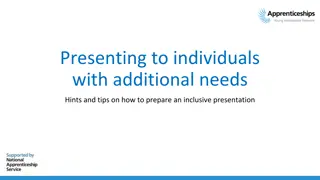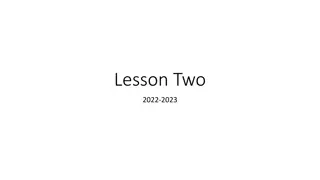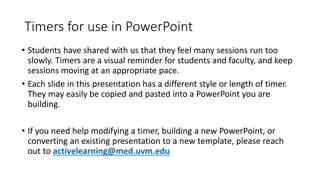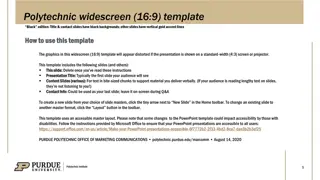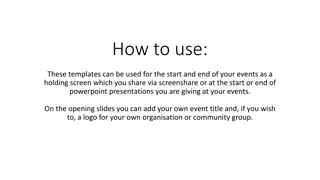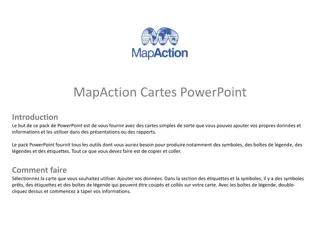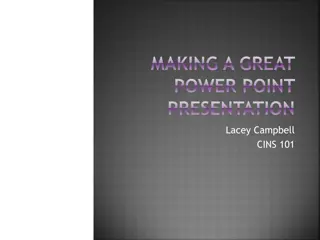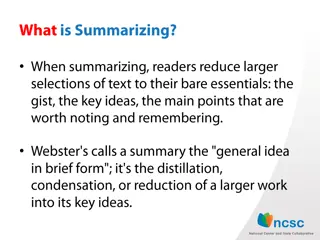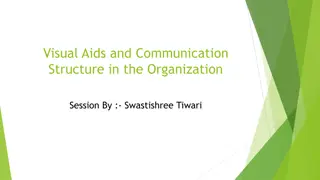Analysing Presentations of Information
In this insightful content, learn about analyzing presentations of information, history writing, authors' perspective, comparing writers' viewpoints, objective vs subjective point of view, and more. Discover the importance of understanding various perspectives in historical accounts.
Uploaded on Feb 17, 2025 | 0 Views
Download Presentation

Please find below an Image/Link to download the presentation.
The content on the website is provided AS IS for your information and personal use only. It may not be sold, licensed, or shared on other websites without obtaining consent from the author.If you encounter any issues during the download, it is possible that the publisher has removed the file from their server.
You are allowed to download the files provided on this website for personal or commercial use, subject to the condition that they are used lawfully. All files are the property of their respective owners.
The content on the website is provided AS IS for your information and personal use only. It may not be sold, licensed, or shared on other websites without obtaining consent from the author.
E N D
Presentation Transcript
Analyzing Presentations of Information
History Writing Nonfiction that presents events and people of the past. Often, history writing will combine narrative text (a true story with a setting, characters, and a plot) and informational text (main ideas & factual details)
Authors Perspective Even though history writers base their work on factual research, two history writers may write about the same event in different ways. How writers shape their presentation of key information can depend on individual point of view. Author s perspective is the unique combination of ideas, values, feelings, and beliefs that influence the way a looks at a topic.
In comparing the perspectives of two or more authors writing about the same event, look for clues.
Objective Point of View author focuses on factual information leaving out personal opinions Subjective Point of View author includes personal feelings, beliefs, and opinions Tone author s attitude toward subject Direct statements Beware of statements or comments that come directly from the author Emphasis How is the information presented differently? What is emphasized? Do they put forth different interpretations of facts? Portrayals How are historical figures portrayed? Why are the figures include?
What similarities and differences do you notice in two historical accounts on the same subject? Look for clues using the graphic organizer. What do these details reveal about the author s perspective?
Video Title - from Flesh and Blood So Cheap: The Triangle Fire and Its Legacy https://my.hrw.com/content/hmof/language_arts/hm hcollections/resources/common/videoPlayer/index.ht ml?shortvid=V_FLLIT_0073&title=from%20Flesh%20an d%20Blood%20So%20Cheap%3A%20The%20Triangle%20 Fire%20and%20Its%20Legacy&page=265&imgdisplay=h istory
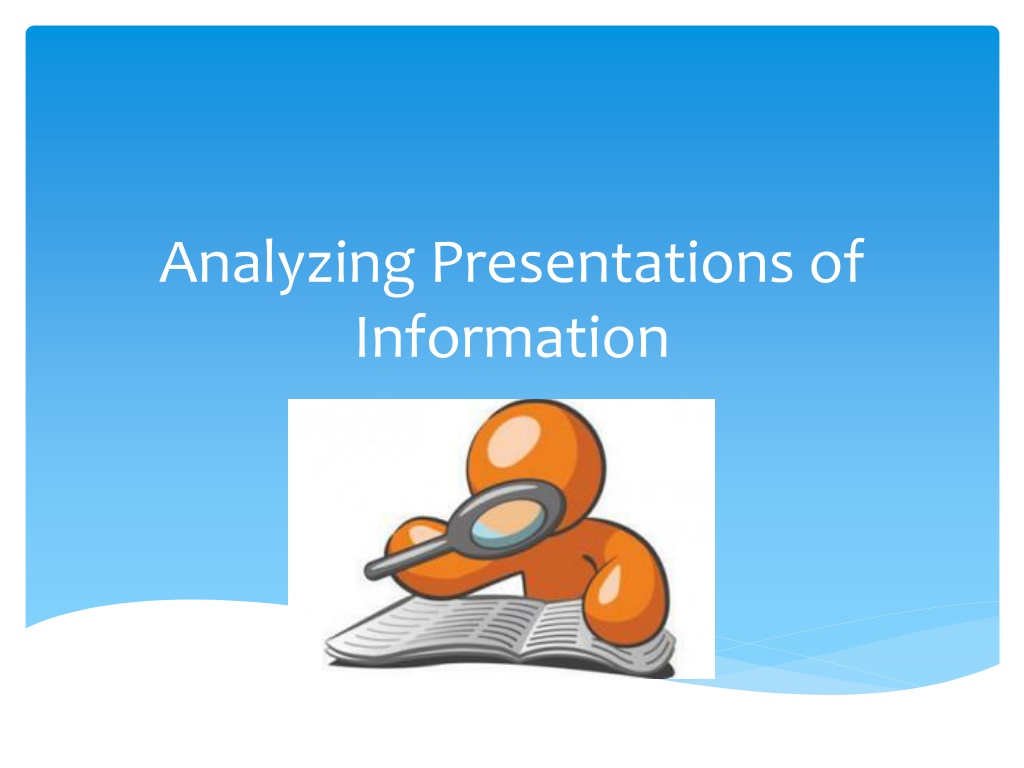
 undefined
undefined







